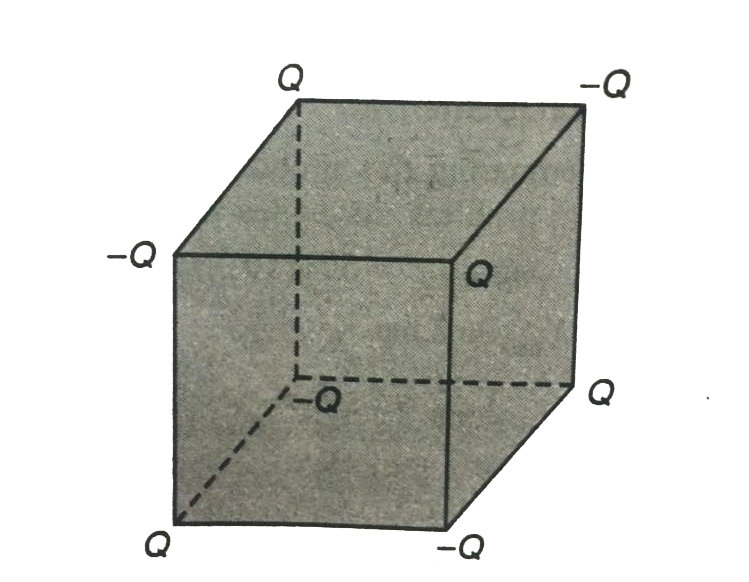Text Solution
Verified by Experts
Topper's Solved these Questions
ELECTROSTATICS
DC PANDEY|Exercise Check point 1.1|10 VideosELECTROSTATICS
DC PANDEY|Exercise Check point 1.2|15 VideosELECTROSTATICS
DC PANDEY|Exercise Level 1 Subjective|15 VideosELECTROSTATIC POTENTIAL AND CAPACITORS
DC PANDEY|Exercise (C) Chapter exercises|50 VideosGRAVITATION
DC PANDEY|Exercise All Questions|120 Videos
Similar Questions
Explore conceptually related problems
Knowledge Check
DC PANDEY-ELECTROSTATICS-SUBJECTIVE_TYPE
- Eight point charges of magnitude Q are arranged to form the corners of...
Text Solution
|
- A proton of mass m and accelerated by a potential difference Vgets int...
Text Solution
|
- Two concentric rings placed in a gravity free region in yz-plane one o...
Text Solution
|
- An electric dipole is placed at a distance x from centre O on the axis...
Text Solution
|
- Three concentric, thin, spherical, metallic shells have radii 1, 2, an...
Text Solution
|
- A thin insulating wire is stretched along the diameter of an insulated...
Text Solution
|
 ltbr With decrease in L, potential energy wil decrease.
ltbr With decrease in L, potential energy wil decrease.